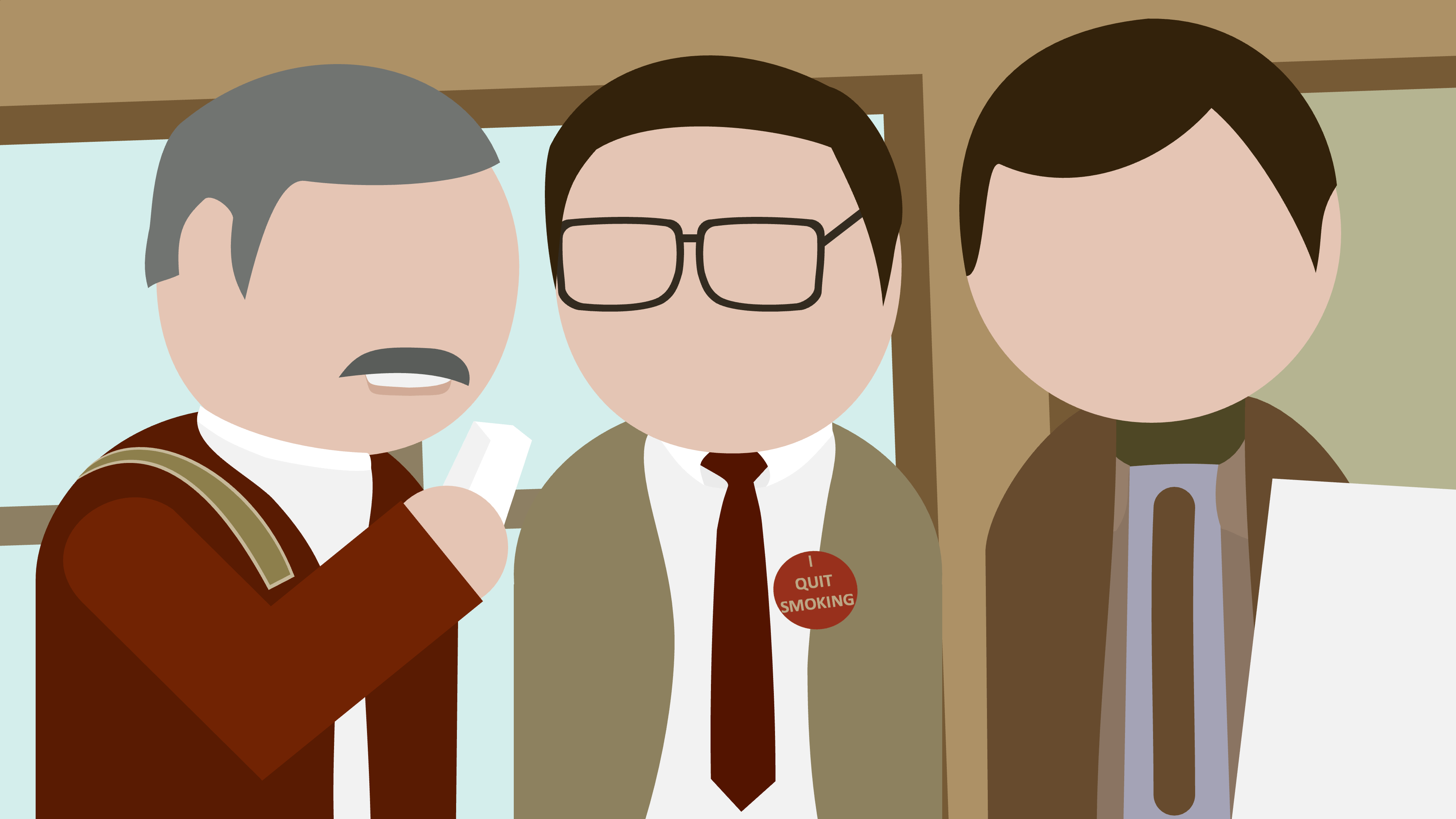
How laypeople try (and fail) to design LLM prompts
Coming up with good prompts for LLMs like ChatGPT can be quite a challenge. This study sheds some light on what makes it so hard.


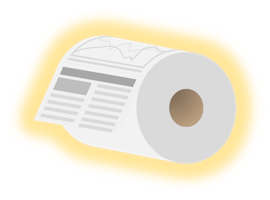

Coming up with good prompts for LLMs like ChatGPT can be quite a challenge. This study sheds some light on what makes it so hard.


This is a summary of a paper that poses a simple question and uses a simple method to find a simple answer.

Logging statements can be very valuable for various reasons, but aren’t entirely free of cost. What’s the best way to use them?
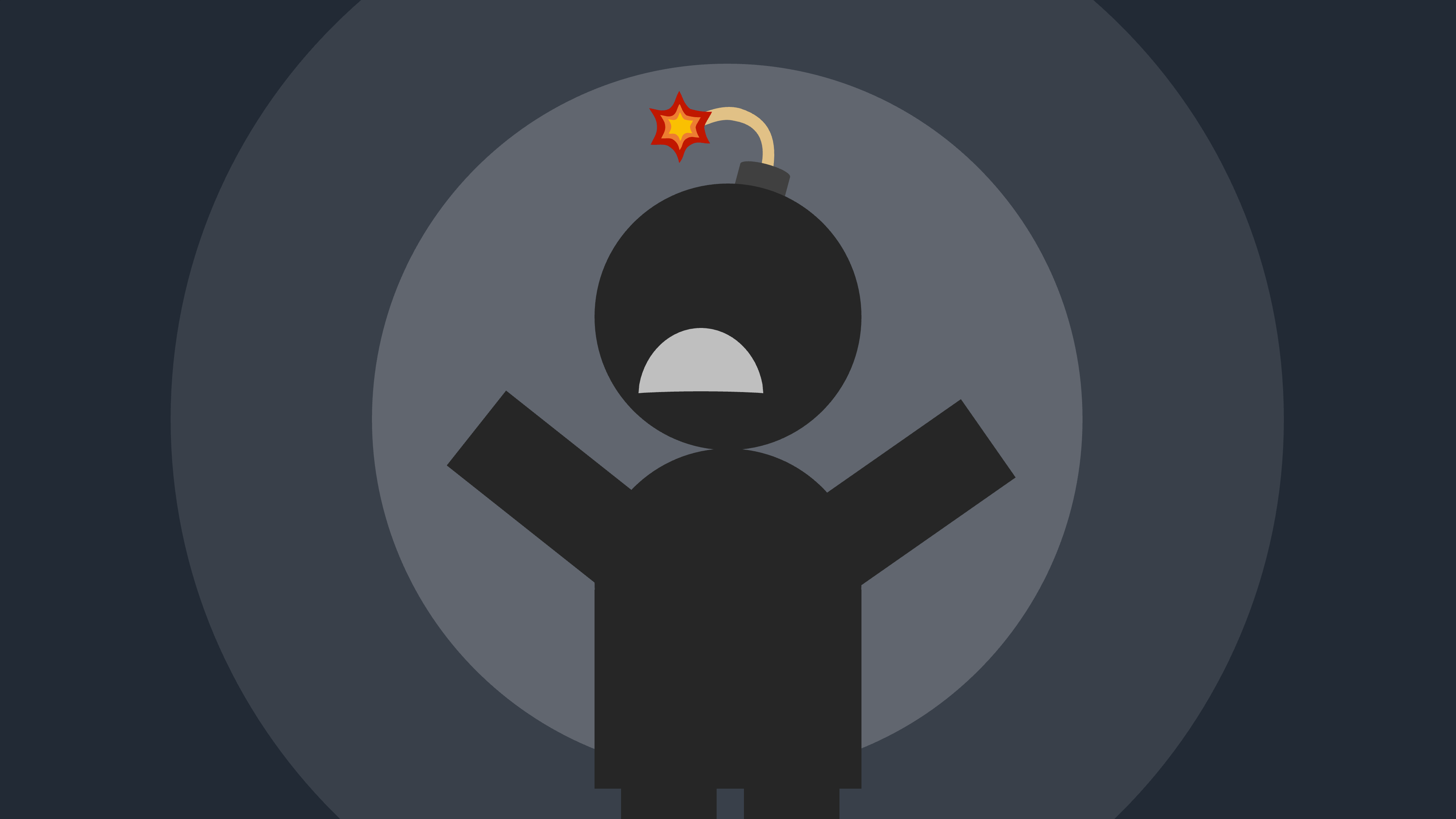
Happy workers are productive workers. Limiting unhappiness can be a good way to increase the happiness of your workers.

Public service media exist because they provide value to the general public (who also happen to pay for them).

This week’s paper presents a catalogue of best practices for infrastructure as code programs.
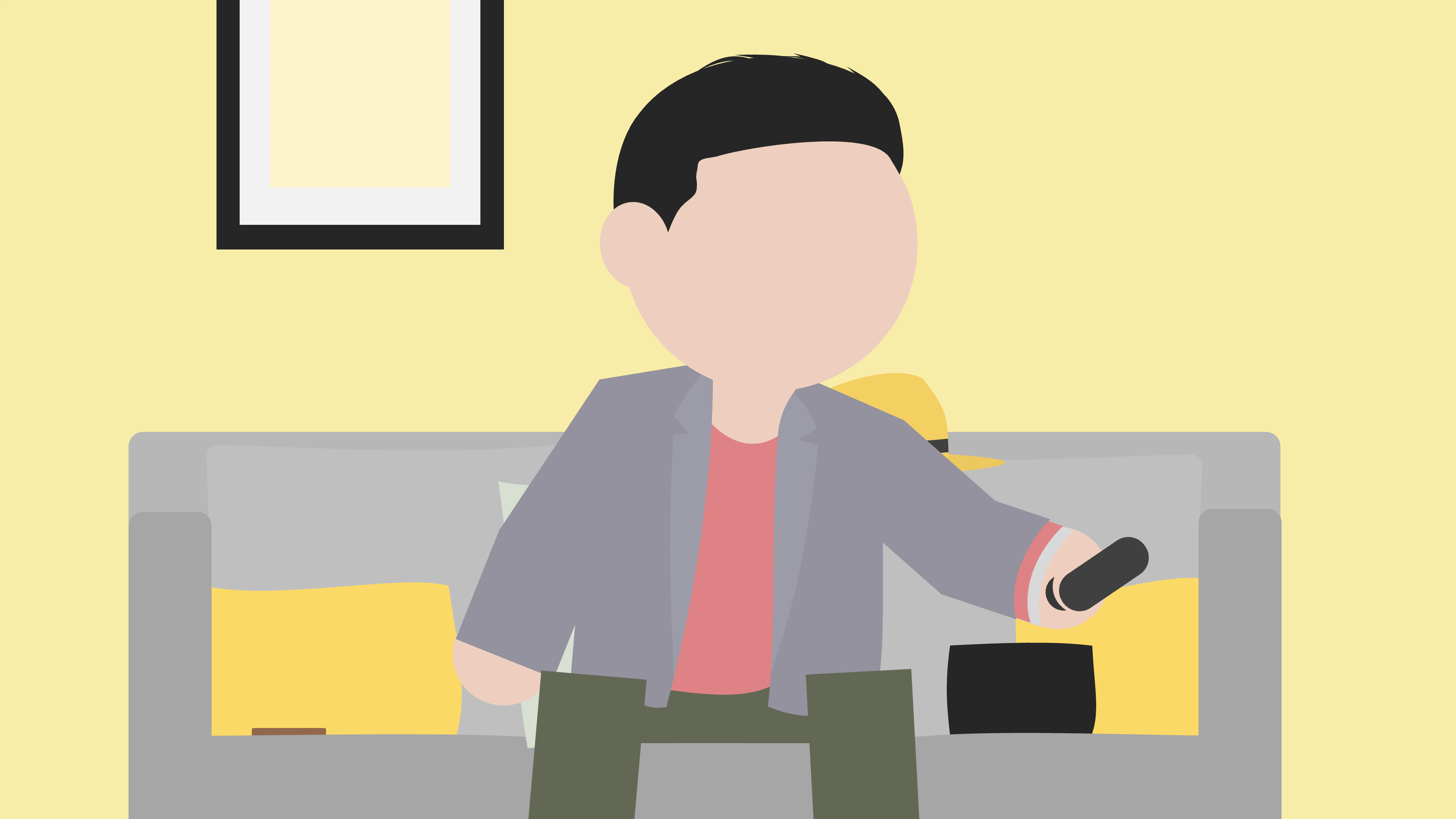
Many PhD students suffer from mental health issues. This study investigates the underlying reasons and explores potential interventions.
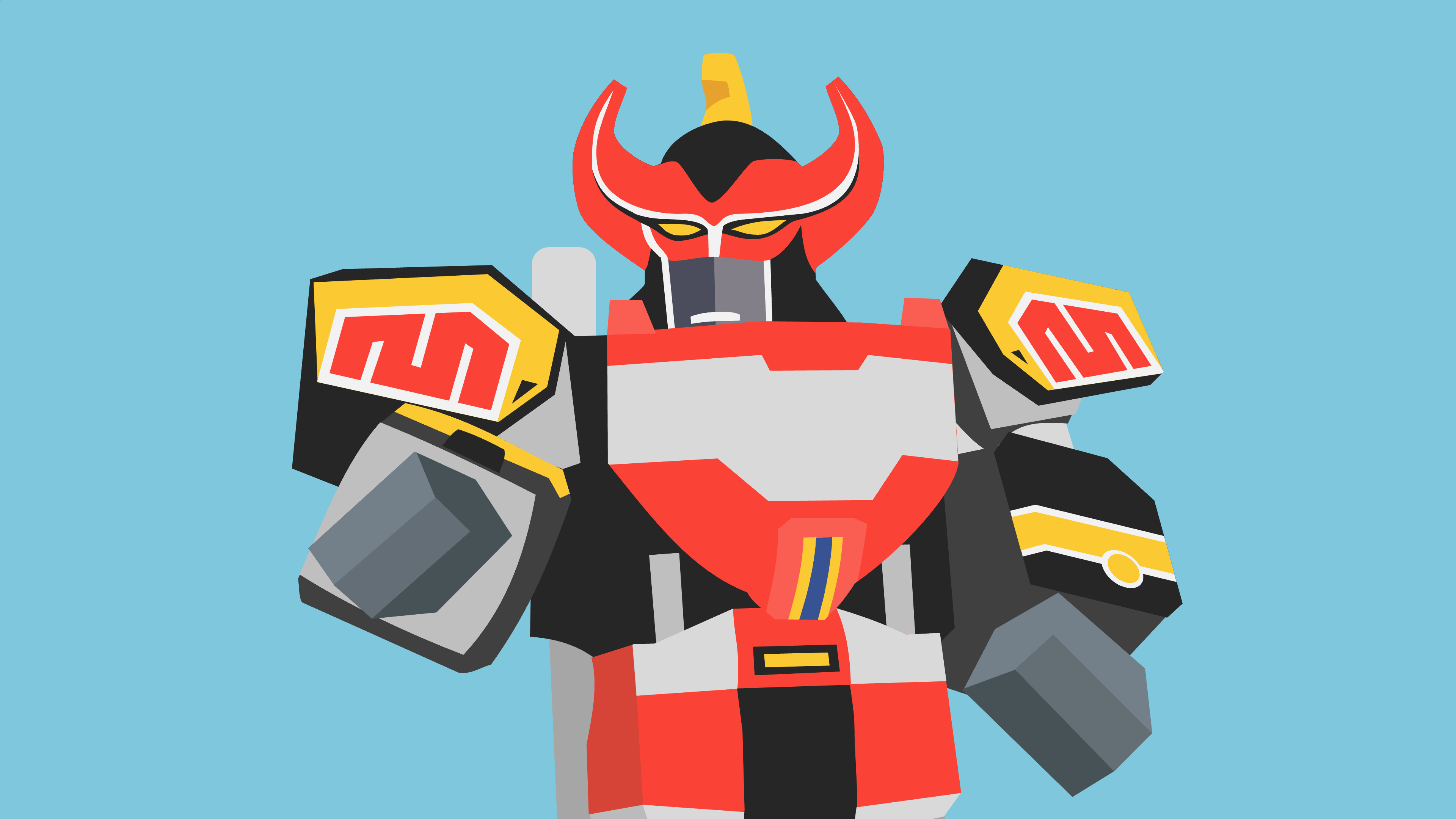
Pull request bots can provide both maintainers and contributors with a lot of useful information, but sometimes less is more.

For a long time, the Roman Empire was ruled by just one man. This all changed when emperor Diocletian ascended to the throne.
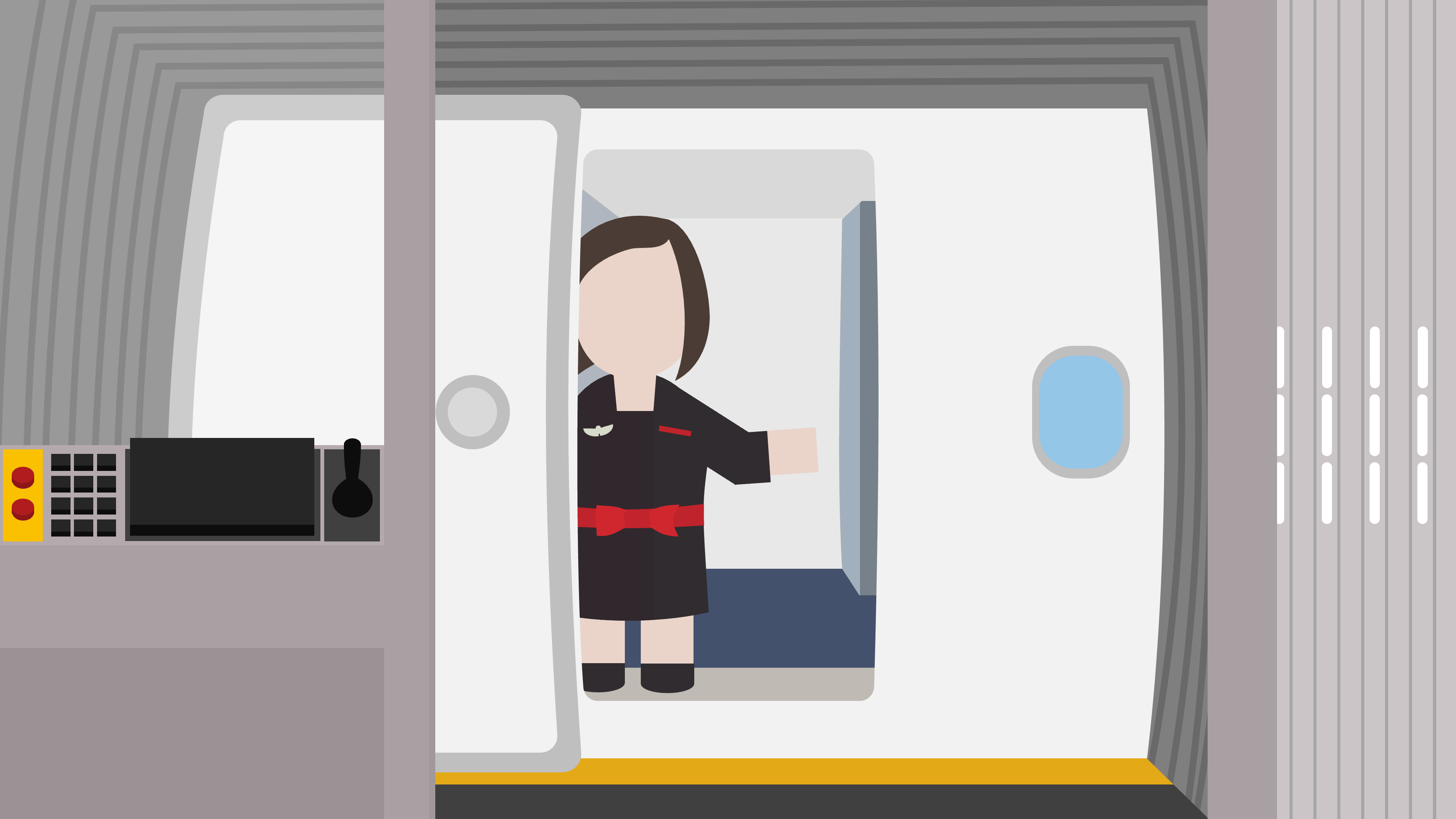
A qualitative case study shows how we can design a smooth onboarding experience for agile software development teams.
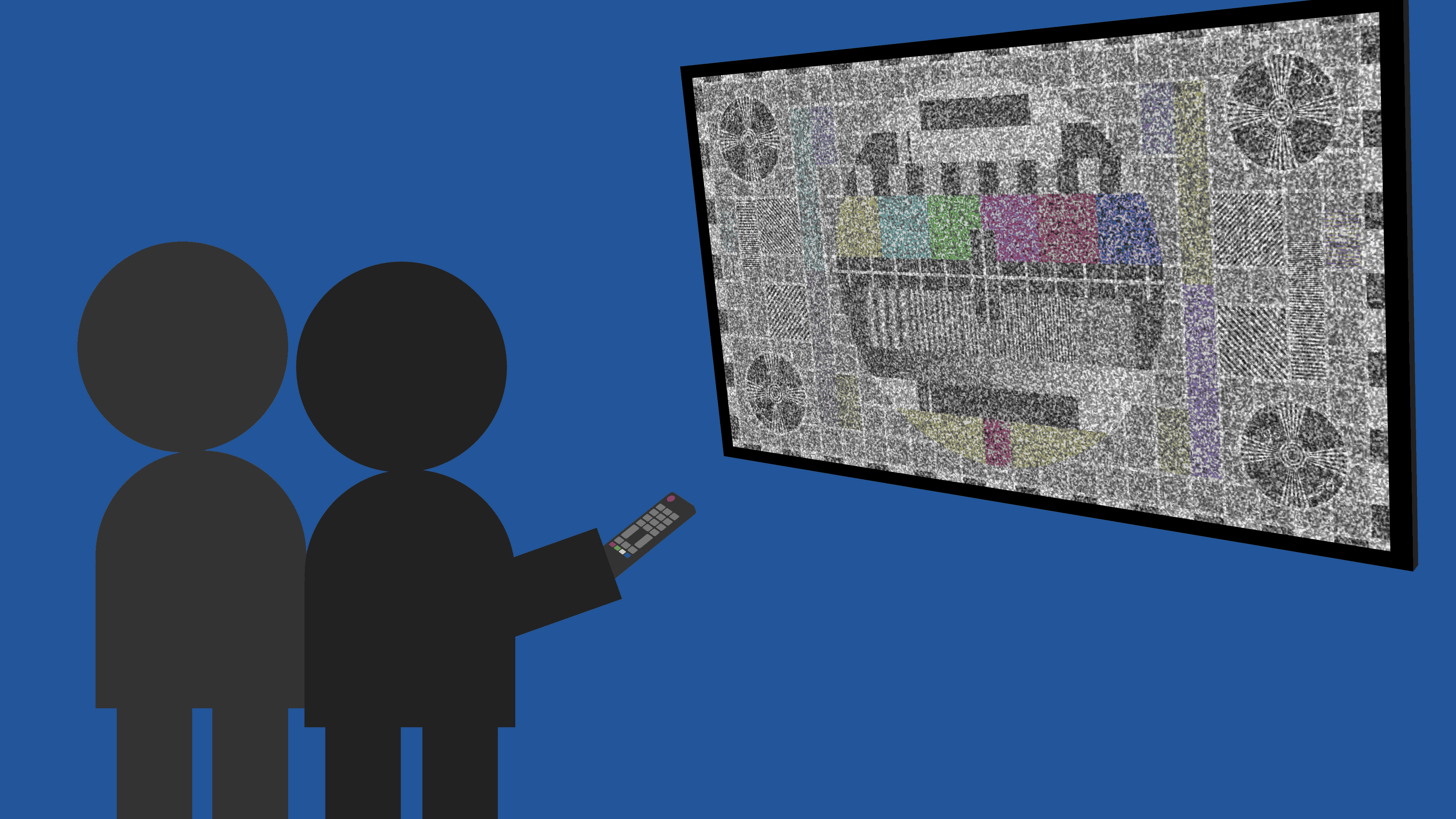
Proactive detection of NIO tests makes it possible to fix flaky tests before they ever cause any problems.
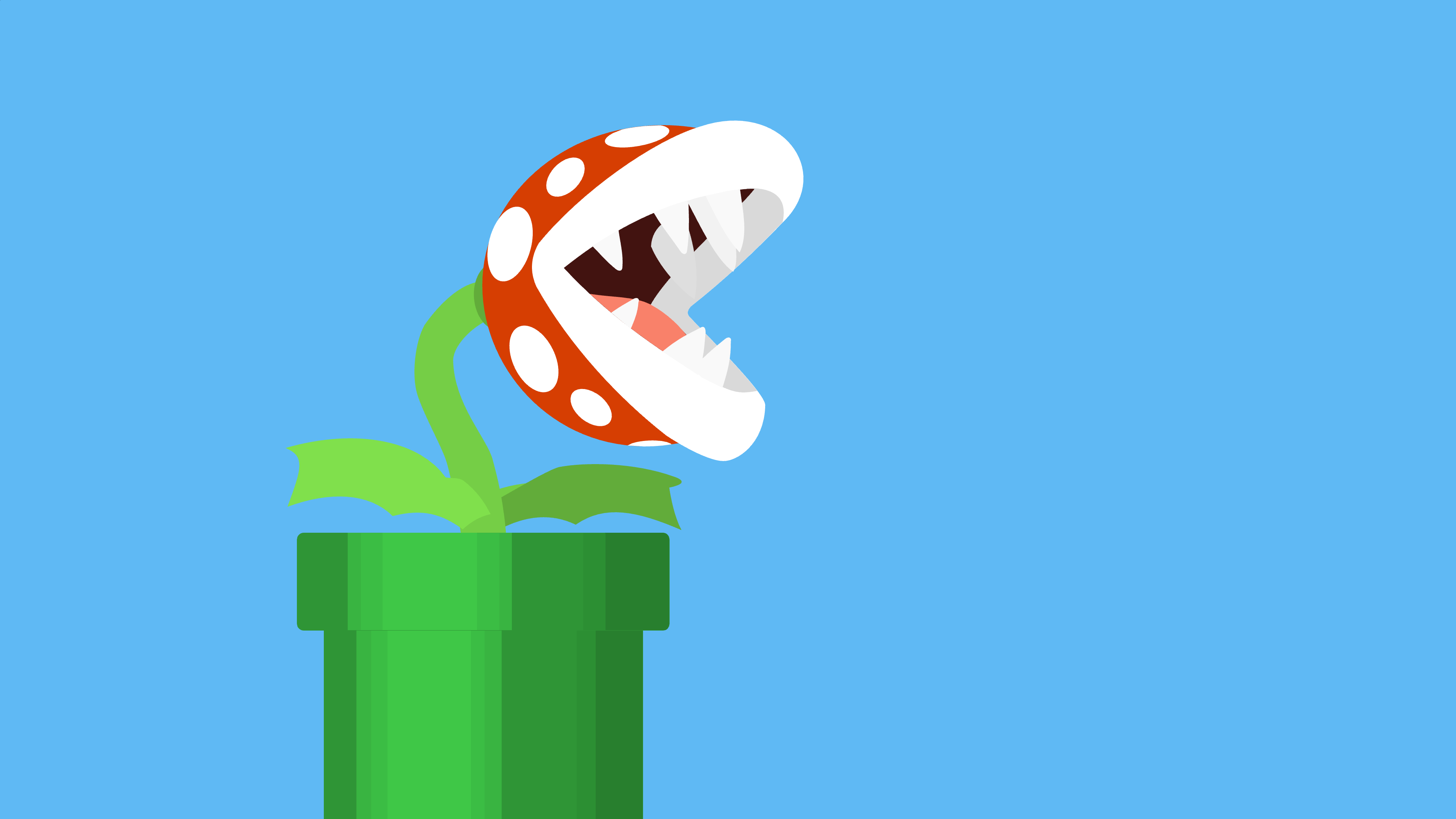
Leaky hiring pipelines are expensive. This paper presents guidelines that can make them more transparent, fair, and inclusive.
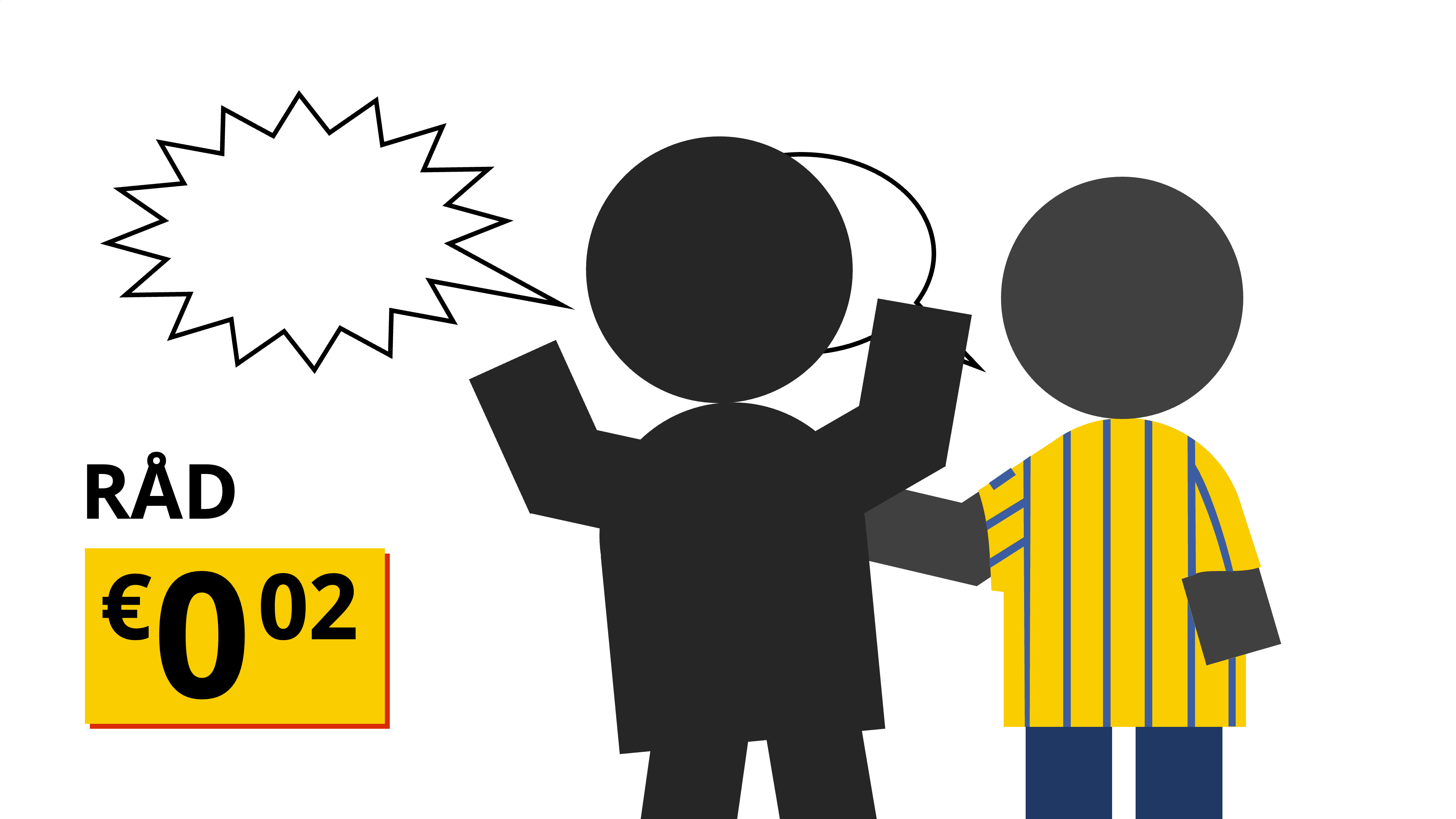
Apparently a team is good at applying Scrum when it does what the Scrum guide says it should do.
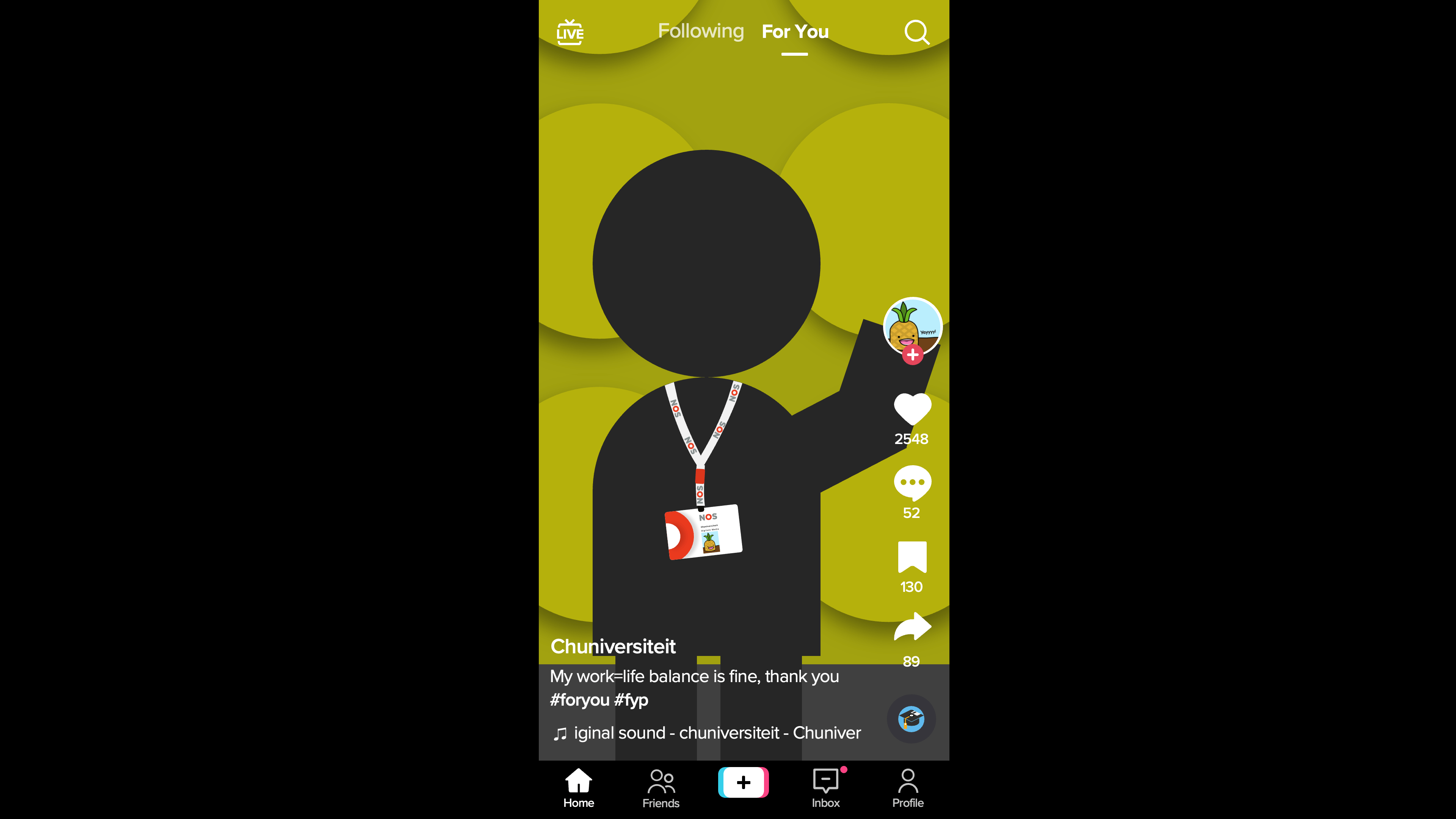
TikTok has become incredibly popular in a short time. What sets it apart from other platforms, other than its Chinese ownership?
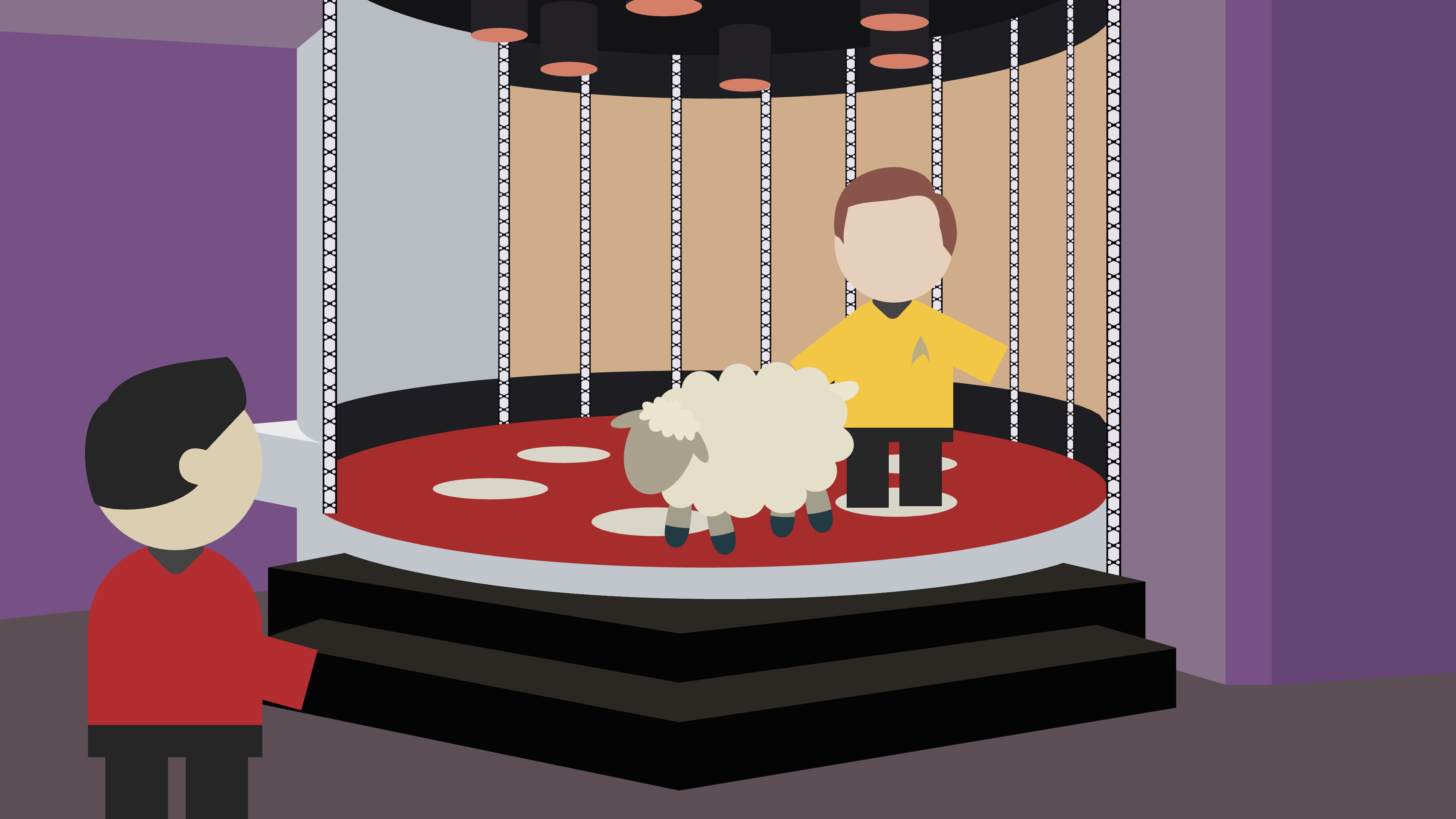
When you move a pod to another node, Kubernetes creates a new pod and kills the original. Is there a more humane way?
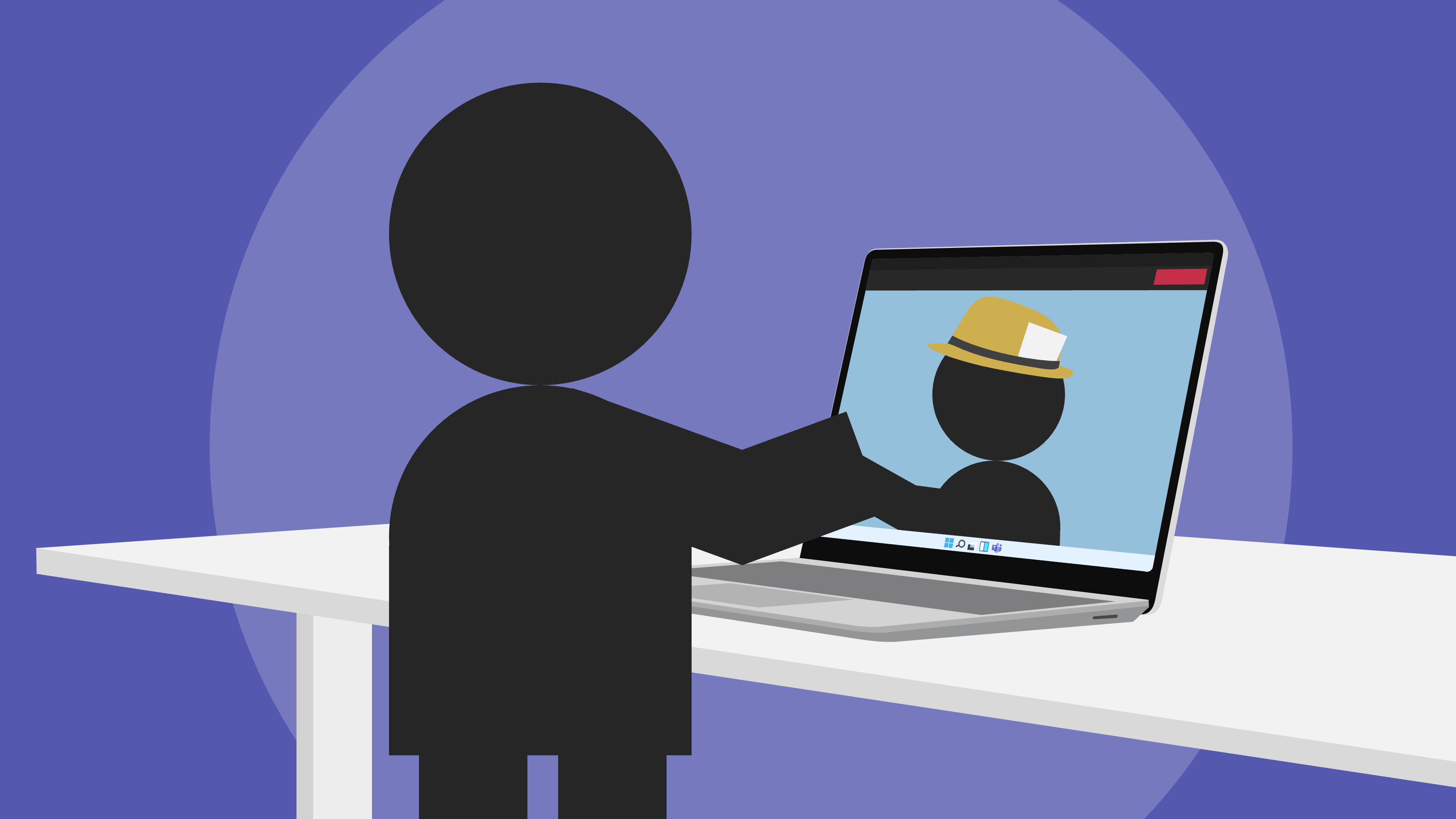
Psychological safety and good use of technology can make journalists more creative and innovative.

In today’s “Things That People Don’t Want To Bother With” blog we’re having a look at commit messages and how to write them.

The bus factor is a measure of how screwed a software project is when a member suddenly leaves. How should it be calculated?
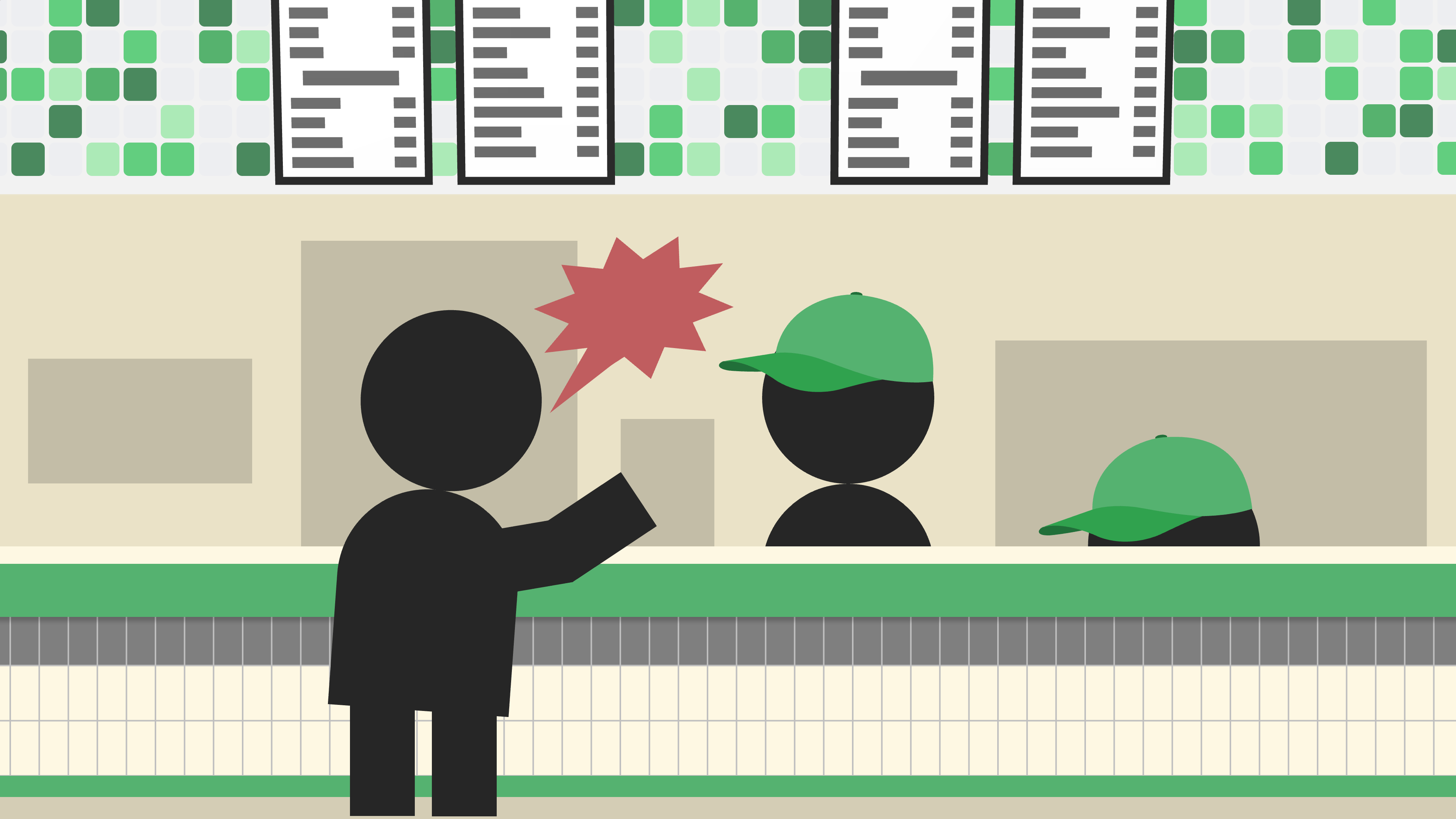
Toxicity in open source differs from toxicity on other platforms like Reddit or Wikipedia in unexpected ways.
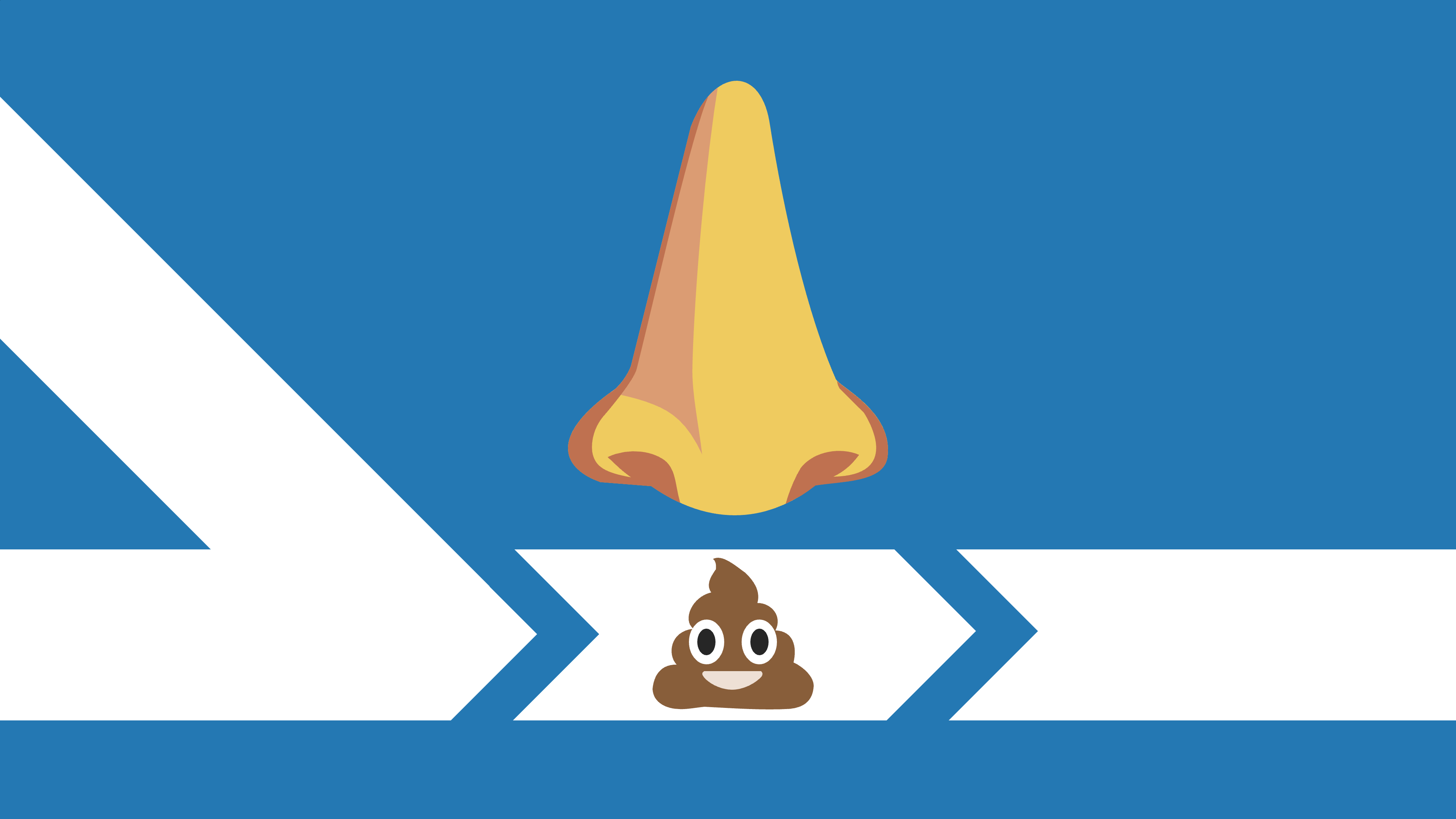
This catalogue of 79 bad smells can help you make your continuous integration processes less shitty.
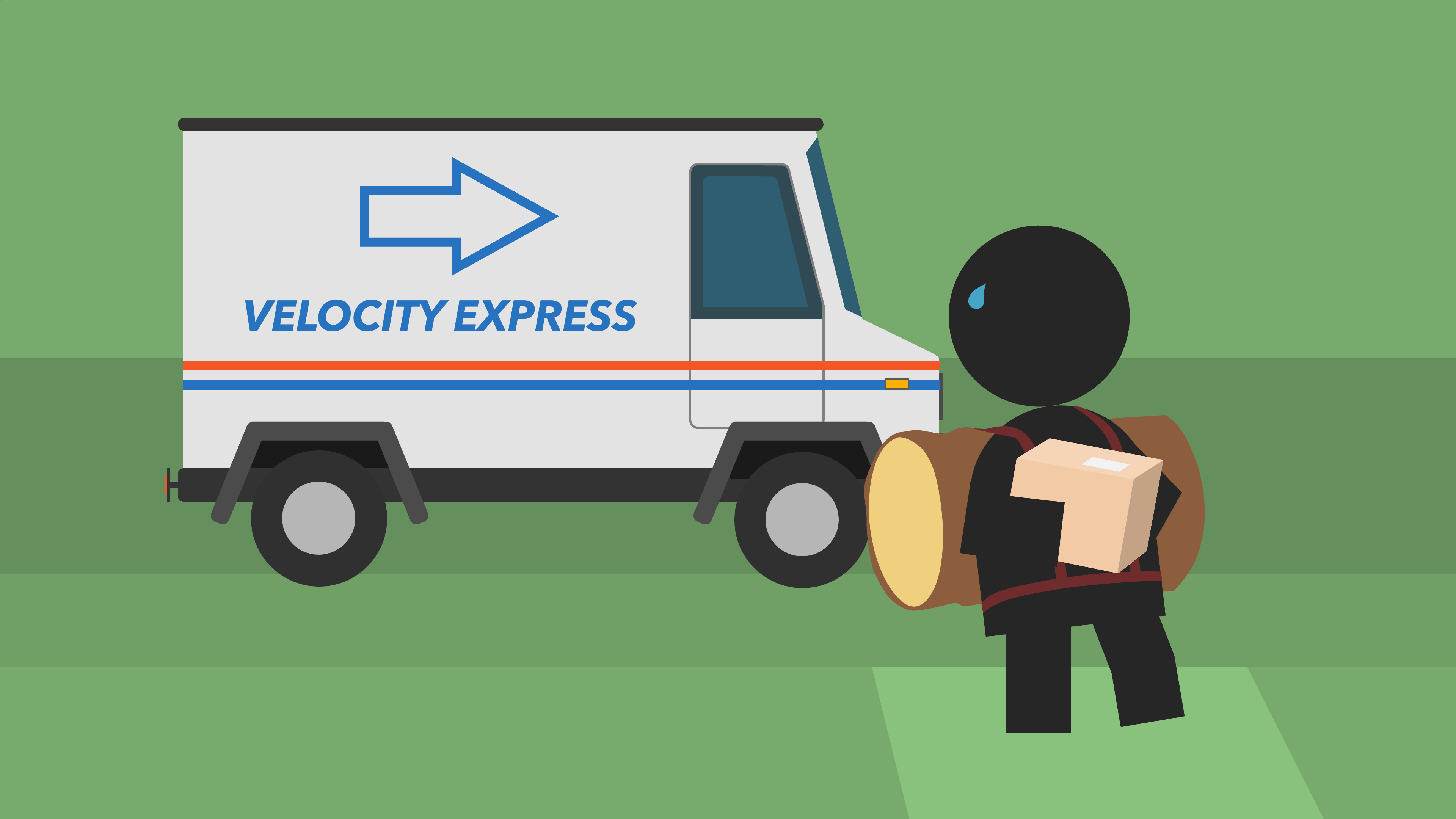
This paper shows that not every paper needs a long, overly descriptive title. It’s about product backlogs.
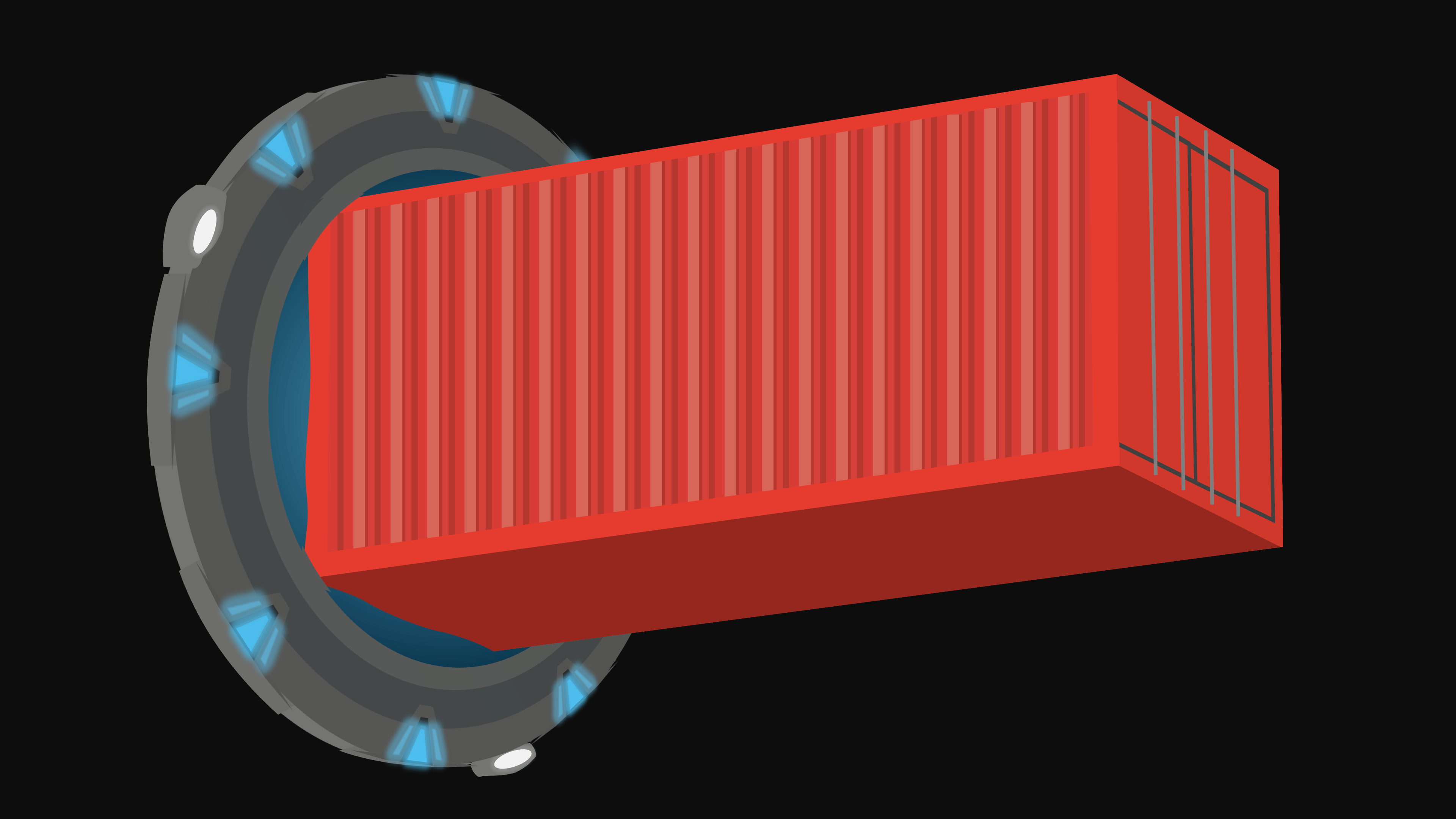
Containers are often used for development and deployment of server-side software. For good reason or are we all just cargo culting?

Imitating others who are successful looks good on paper, but in reality only works when one understands the “why” behind those actions.